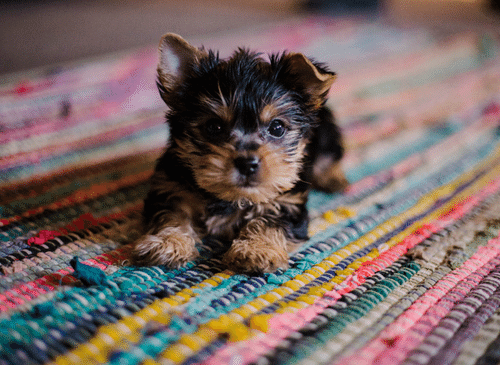Training a puppy is a fulfilling, but also sometimes challenging, task. One of the biggest questions that new dog owners face is when to transition their pup off of puppy pads. While it's understandable that you want a clean home and an obedient pup, transitioning away from pads can be difficult and even confusing. Let’s take a look at what you need to know about making this transition easier for both you and your pup.
The Timing
When it comes to determining when you should stop using puppy pads, there are several factors to consider. First and foremost is the age of your pup. Generally speaking, puppies between 8-10 weeks old have already developed basic bladder control, so it may be time for them to start transitioning away from the pad at this point in their development. However, if your pup is older than this (or if he was adopted), it may take longer for him to develop full bladder control; therefore, the transition may need to be delayed until he is ready. Additionally, as puppies grow older they will become better able to understand commands like “go potty outside” or “no pee on the carpet” - so understanding your dog's level of comprehension before taking away the pad can help make the process smoother overall.
The Process
Once you've determined that it's time for your pup to start transitioning away from his pads, what do you do next? The key here is patience! Moving too quickly or expecting too much too soon can lead to frustration on both sides and actually slow down progress in potty training. To begin with, try moving the puppy pad closer and closer towards the door each day until it eventually ends up outside - this will give your pup time get used to going outside as well as help him learn his boundaries when inside versus outdoors. Another helpful tip is providing incentives such as treats or positive reinforcement every time your pup uses the bathroom outside; this will help him associate good behavior with rewards (and hopefully encourage more good behavior!).

Puppy pads can be a great training tool for young pups - but eventually the time comes to transition away from them. Hopefully these tips have given you some ideas of how to approach this process in a way that works best for you and your dog. Remember, if things aren't going as smoothly as you'd like they too reach out for professional assistance so that everyone involved gets what they need during this important stage of life! In the meantime, check out our article on the best dog pee pads and stock up on wee-wee pads so that you're prepared when the time comes.






